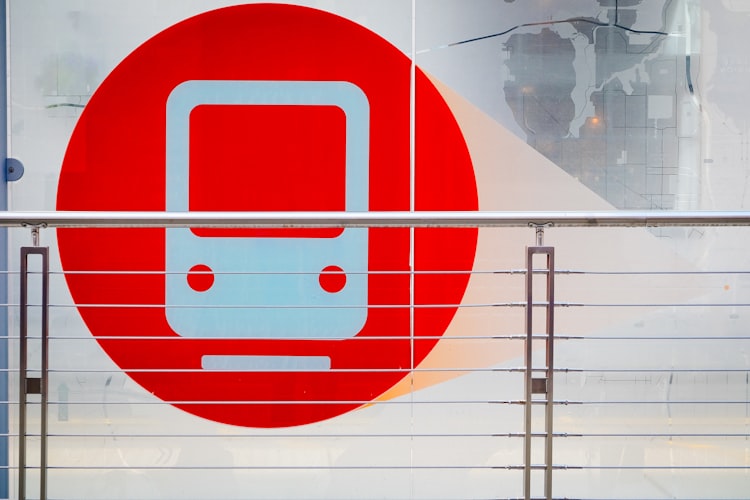Your Agency is Missing out if you don't have GTFS-RT

When it comes to bringing your agency up to speed this is nothing more boring that we can talk about than the importance of data standards. A lot of the work that you hear about that is being done is all in the background and you are just sitting there waiting for the results. This can seem unfulfilling as there is nothing to show for your hard work in the short term. But when you are focusing on getting your house in order there is nothing more important for transit agencies than getting their data on the global data standard of GTFS and GTFS-RT.
In this article I’ll outline the importance of that GTFS-RT standard so that you can justify
Community Transparency
Its Friday, you have worked all week to get everything out of the door and all of a sudden you get a Sunshine request… It’s important for you to be able to provide this information as it it their right to be able to have this information, but it can be painstaking to get everything that you need together to manipulate the data and analyzed in the particular format that the request is asking for it in (especially if you analyst took the day off). But working with open standards it can make things easier to design self service systems and protocols to either host these commonly requested information on the open web or have a startup that specializes in building statistical reports put something together that you get in your inbox every week.
Build the system so that you can focus on the fire.
At every agency the same excuse is made, “We don’t have time to automate the systems because there are too many fires to put out.” Which I can attest to. There are too many unforeseen things that happen in a transit agency's operations that make it difficult to automate processes when you are too focused on staying afloat or some other analogy for fire or water.
But this is also the exact reason why you should be pushing for standardization. Being able to handle the 20% that takes 80% of your time is what dreams are made of. If you could answer 5 less emails a day wouldn’t you write that information on your website and if you still get those emails, why wouldn’t you have an email drafted up ready to send to the inevitable stray person who doesn’t look at the website?
But when it comes to reducing the amount of time that it takes to make solutions, analysts and developers will come back to you with outrageous fees and development times saying that the solution that you are looking for is just not possible without some sort of standardized manual for them to go off of. If you can take the time to break through that wall you will find that your technical team and vendors will be on the same page more often.
Reduce development time on New Products
Designing data for a system is a lot like designing parts for a car. While there are different specifications for each of the parts the manufacturer knows that they should not mix metric and standard sizes of nuts and bolts just like they should not have 20 different sizes of them throughout the car. It is best for the manufacturer and mechanic to have a limited number of sizes. This ensures two things:
- The manufacturer will likely be able to produce the parts more efficiently
- The mechanic will need to switch out their socket less often
The same is true for you and developers and vendors. If they know they have an out of the box data standard that you maintain. They will be able to onboard and take care of your organization that much better.
Connect systems that weren’t “compatible” before
One of the age old mistakes is that you want something that will do everything. While that makes sense it will also mean that each product within that suite probably does a mediocre job. Even worse is if that product within the ecosystem is abused or not looked after properly you are stuck with something that you are locked in to (that’s the next one). But if you are able to get your data all into a nice neat package that has standards a good technologist can get you connected between the 2 systems (even if they tell you that they can’t).
As long as your systems are feeding off of the same unaltered data from your GTFS and GTFS-RT chances are that you can connect things up and create something that you are proud of.
Avoid vendor lock-in
When it comes to industries as old as transit who were all early adopters of technology there are quite a few companies out there that have made it difficult for people to transition out of an ecosystem. It is difficult to to move on and get everything up and running without slowing down because you know that the valuable service that you are providing is hinging on your software working and dependent on every worker to know the system that provides that same workflow that you have relied on for years.
Paired with the way that government procurement works it is a deadly combination.
Working with companies that are open and use the open standards like in the Open Transit Initiative. You will be sure to be able to work to find solutions that work nicely with other as long as they abide by the open data standard rules.




